Belt air compressors, pivotal in numerous industrial applications, present an efficient solution for powering pneumatic tools and inflating tires. These compressors function based on a belt drive system, where an electric motor turns a belt, which in turn powers the compressor to generate compressed air. With belt-drive air compressors engineered specifically for heavy-duty truck applications to compact variants for home use, these systems cater to a broad spectrum of needs. The replacement process for compressor belts, while straightforward, requires meticulous attention to ensure optimal and efficient functioning. Superior to direct-drive compressors in terms of durability and power, belt-driven air compressors offer quieter operation, longer lifespan, and easier maintenance, making them a preferred choice for many professional settings. Despite their higher initial investment, the long-term benefits they provide in terms of output and efficiency justify their popularity in the market.
Applications for belt air compressors
Compressor belts serve a wide variety of applications in both industrial and residential settings. In the industrial sphere, these devices play a significant role in manufacturing processes, construction sites, and automotive workshops. Among their key uses is powering pneumatic tools such as air drills, sanders, grinders, and paint sprayers. They are utilized in the operation of material handling equipment like conveyor belts and packing machines, where they facilitate the smooth flow of operations. On construction sites, air compressor belt replacements come into play in tasks like sandblasting, powering jackhammers or providing clean air for ventilation in confined spaces. Automotive workshops, on the other hand, rely on these compressors for tasks ranging from tire inflation to running impact wrenches and other air tools.
In residential settings, belt air compressors have found numerous applications, enhancing convenience and efficiency for homeowners and DIY enthusiasts alike. These compressors are particularly useful in home improvement projects that involve painting or sanding. They are also essential equipment for inflating tires, air mattresses, pool toys, and sports equipment. Moreover, these devices are commonly employed in operating air-powered cleaning tools, making them an invaluable asset for maintaining home cleanliness. For gardening enthusiasts, belt air compressors come in handy in powering aerators for lawn care, and for those with a knack for crafting, these compressors can power airbrushes for precise paint jobs. Thus, from industrial operations to everyday household tasks, the multipurpose nature of belt air compressors underlines their ubiquity and versatility.
Efficiency and power of belt air compressors
Belt-driven air compressors for trucks are often recognized for their unparalleled efficiency and robust power output. The core of this efficiency lies within their design, which uses a pulley system that uses a belt to transfer power from the motor to the pump. This unique setup allows the compressor to produce more compressed air at a lower motor speed, thereby translating to significant energy savings over time.
The power of these compressors can be easily adjusted by altering the tension on the belt, providing the user with precise control over the air pressure output. This flexibility to adjust power output based on the task at hand proves beneficial across a wide range of applications - from inflating vehicle tires to using high-demand pneumatic tools in industrial settings.
Maintenance of belt air compressors
Regular inspection and maintenance of the air intake filters form a critical aspect of the upkeep of belt air compressors. These filters ensure that the air drawn into the compressor is clean and free of debris, which can otherwise lead to internal wear and reduce the efficiency of the compressor. Over time, air intake filters can become clogged with particulate matter, necessitating their cleaning or replacement for the compressor's performance and longevity. Ignoring this aspect of maintenance can not only diminish the output quality of the compressed air but also force the compressor to work harder, potentially leading to overheating and premature failure.




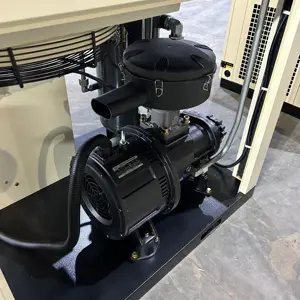








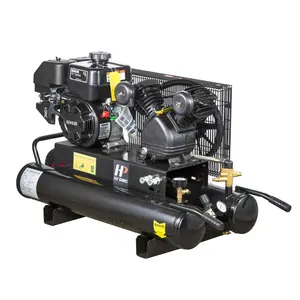
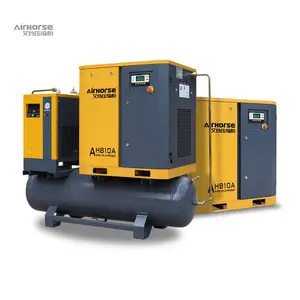
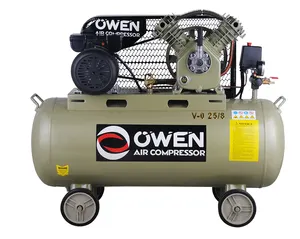








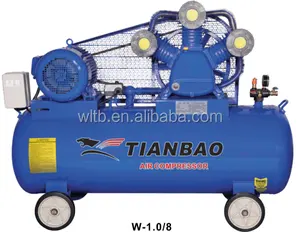






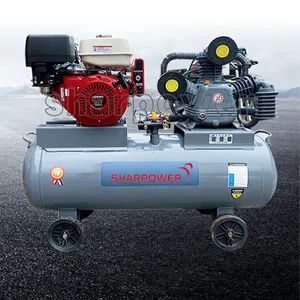
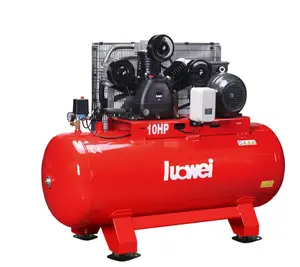



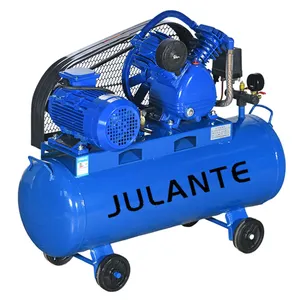
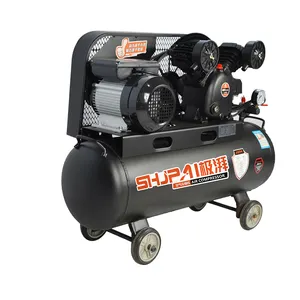

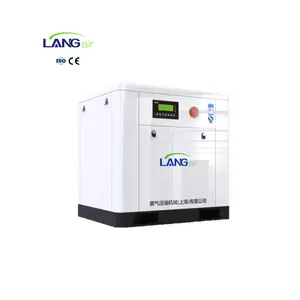
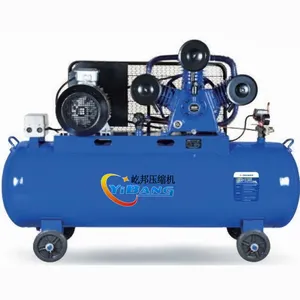
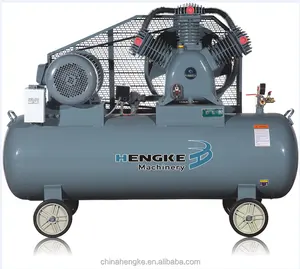
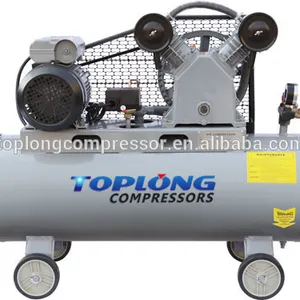
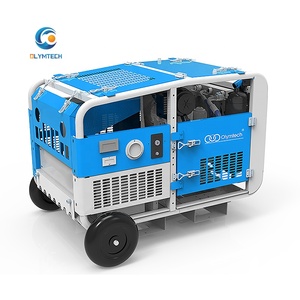







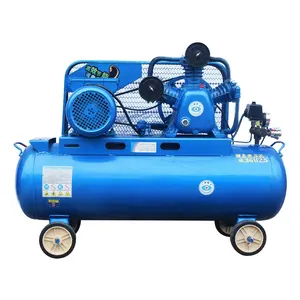

























 浙公网安备 33010002000092号
浙公网安备 33010002000092号 浙B2-20120091-4
浙B2-20120091-4